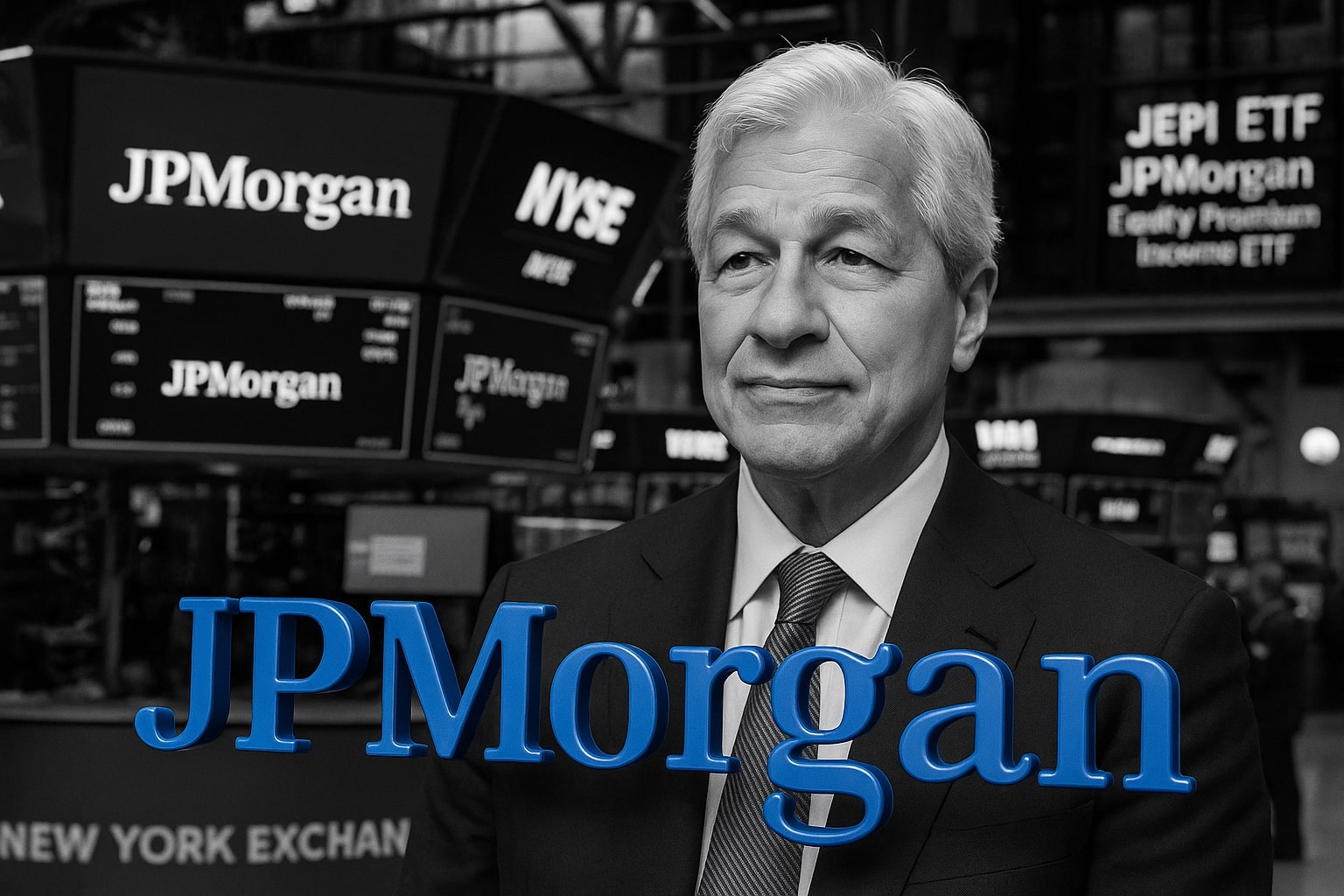
Bitcoin ETF Inflows Surge $90.6M, BTC-USD Soars Above $111,600
BlackRock’s IBIT and Fidelity’s FBTC lead a record $446M weekly inflow as Bitcoin ETFs hit $149.9B in assets, driving BTC (BTC-USD) to a seven-day high near $114,000 | That's TradingNEWS
BTC-USD ETF Inflows Surge as Institutional Demand Hits $90.6M and Bitcoin Climbs to $111,633
Bitcoin (BTC-USD) continued its powerful institutional rebound this week, closing near $111,633.92, up 0.79%, as spot Bitcoin ETFs attracted $90.6 million in new inflows on October 24. The rally ended a five-day outflow streak and confirmed that institutional buyers—led by BlackRock’s IBIT and Fidelity’s FBTC—remain firmly positioned for accumulation. BlackRock’s IBIT ETF absorbed $32.68 million, while Fidelity’s FBTC brought in $57.92 million, reinforcing the ongoing shift of institutional capital back into Bitcoin after the October 11 sell-off. Bitcoin has now recovered nearly 8% from its recent low near $103,000, posting a seven-day high of $114,000 and outperforming all major altcoins, including Ethereum (ETH-USD) and Solana (SOL-USD).
Institutional Momentum Returns as BlackRock and Fidelity Dominate Bitcoin ETF Leadership
The renewed inflows into Bitcoin ETFs mark a critical inflection point in institutional sentiment. BlackRock’s IBIT remains the market leader with an extraordinary $89.17 billion in assets under management (AUM), while Fidelity’s FBTC holds $22.84 billion, both establishing dominance in the regulated digital asset arena. Historically, such surges in ETF demand have preceded short-term price expansions between 5–10% within days, a pattern repeating now as Bitcoin consolidates above $110,000.
ETF inflows over the past week totaled $446 million, lifting cumulative inflows to $61.98 billion, equivalent to 6.78% of Bitcoin’s total market capitalization, which currently stands at $1.49 trillion. This institutional expansion illustrates a maturing digital-asset market—no longer speculative but increasingly viewed as a structural part of global asset allocation.
BTC-USD Price Strength Builds on Liquidity Expansion and Macro Policy Shifts
The surge in ETF inflows aligns with easing inflationary data and dovish central-bank tone across the U.S. and Europe. The Federal Reserve’s projected rate cut on October 29–30 has reignited appetite for risk assets, particularly Bitcoin, which continues to benefit from its “digital gold” narrative amid a weakening U.S. dollar. As yields soften, Bitcoin’s correlation with gold and tech equities strengthens, attracting cross-asset flows from traditional portfolios.
This macro tailwind is supported by increased liquidity from ETFs, where Bitcoin spot ETF assets now total $149.96 billion, underscoring deep institutional participation. The demand rebound follows a steep $1.23 billion outflow between October 13 and 17, when Bitcoin plunged from $121,000 to $103,000 during the short-lived “crypto crash.” The swift reversal suggests that institutional managers view any weakness as a tactical entry point into the dominant digital asset.
Rotation From Ethereum to Bitcoin Underscores Renewed Store-of-Value Thesis
While Bitcoin ETF inflows surged, Ethereum ETFs recorded a second consecutive week of redemptions, totaling $243.9 million in outflows, with BlackRock’s ETHA ETF leading withdrawals at $100.99 million. Analysts point to a pronounced capital rotation from Ethereum to Bitcoin as investors favor the relative stability and stronger macro narrative of BTC-USD.
This shift reflects growing preference for Bitcoin’s fixed supply and long-term deflationary structure—particularly as global rate cuts and sovereign debt expansion erode fiat value. Cumulative Ethereum ETF inflows still stand at $14.35 billion, but Bitcoin’s $61.98 billion total dwarfs it, solidifying BTC’s dominance in institutional allocations. Market data shows Bitcoin ETFs representing 6.78% of the coin’s circulating value, compared to Ethereum’s 5.55%, further emphasizing the asset-class divergence.
SEC Pressure and New Applications Accelerate Broader ETF Adoption
Regulatory dynamics are also intensifying momentum around Bitcoin ETFs. The U.S. Securities and Exchange Commission (SEC) is reviewing 155 pending crypto ETF applications, covering 35 digital assets including Bitcoin (BTC), Ethereum (ETH), Solana (SOL), and XRP (XRP-USD). Asset managers such as T. Rowe Price, with $1.77 trillion under management, have submitted new filings for multi-asset crypto ETFs—plans designed to emulate index-fund strategies offering diversified crypto exposure.
Despite delays caused by the U.S. government shutdown, approval timelines are expected to accelerate once operations resume. Analysts anticipate a “flurry” of new ETF authorizations before Q1 2026, potentially unlocking hundreds of billions in fresh institutional liquidity. BlackRock’s IBIT, already posting $65.3 billion in cumulative inflows, remains the benchmark, setting the pace for future entrants as ETF demand becomes a primary driver of Bitcoin’s liquidity cycle
Read More
-
JEPI ETF Holds $57.46 With 8.4% Yield as Investors Flock to JPMorgan’s $40B Income Powerhouse
25.10.2025 · TradingNEWS ArchiveStocks
-
Ripple XRP ETFs Rally as XRPR Tops $20.67 and XRPI $14.93, $100M AUM and CME Volume Fuel Institutional Surge
25.10.2025 · TradingNEWS ArchiveCrypto
-
Natural Gas Price Holds $3.30 as Record LNG Exports and Winter Demand Strengthen Market
25.10.2025 · TradingNEWS ArchiveCommodities
-
USD/JPY Price Forecast - Yen Climbs to ¥152.80 as Strong U.S. PMI and Japan’s Fiscal Plans Pressure Yen
25.10.2025 · TradingNEWS ArchiveForex
Bitcoin ETF Assets Rise to $149.9B as Liquidity Penetrates Market Depth
The combined net asset value of all Bitcoin spot ETFs now stands at $149.962 billion, up 4.7% month-over-month, reflecting significant institutional accumulation. ETF holdings themselves now represent nearly 7% of total Bitcoin supply, underscoring how regulated products are reshaping Bitcoin’s ownership base.
This deep institutional liquidity has also stabilized spot market volatility. Average daily realized volatility dropped from 62% in July to 39% in October, showing the impact of ETF market-making activity. Spreads between U.S. and European Bitcoin ETF prices narrowed to under 0.2%, confirming efficient arbitrage and maturing global price discovery. Analysts project that with consistent inflows above $100 million daily, Bitcoin could sustain a price corridor between $115,000 and $125,000 into early November, provided regulatory clarity continues improving.
Institutional Portfolio Rebalancing and the Digital Gold Narrative Reinforce BTC-USD Momentum
Institutional data reveals an ongoing rotation from growth equities into Bitcoin ETFs, mirroring previous market cycles during periods of monetary easing. Hedge funds and pension managers have been rebalancing portfolios to include 2–5% allocations to BTC, driven by performance asymmetry and the asset’s correlation advantage.
The “digital gold” narrative, long contested, has now gained structural validation as Bitcoin’s correlation with gold (XAU/USD) reached 0.76, the highest since 2021. This linkage positions Bitcoin as a legitimate inflation hedge rather than a speculative asset. As macro liquidity expands, ETFs serve as the bridge between traditional finance and digital stores of value, with BlackRock, Fidelity, and T. Rowe Price institutionalizing that transition.
ETF-Driven Liquidity Effects on Bitcoin Price Dynamics and Mining Economics
Beyond inflows, the liquidity expansion through ETFs is reshaping Bitcoin’s internal market structure. On-chain data from Glassnode shows miner balances decreasing by 2,800 BTC this week as producers take advantage of elevated prices to realize profits. However, ETF demand continues to absorb supply efficiently, keeping selling pressure balanced.
Bitcoin’s hash rate remains near 670 EH/s, while transaction fees have stabilized around $3.40 per transaction, reflecting network efficiency and consistent demand. With ETF-driven demand supporting price stability, miners’ profitability improved by 11% week-over-week, further reinforcing the long-term sustainability of the network.
Technical Structure: Consolidation Above $110,000 Points Toward New Cycle Highs
From a technical standpoint, BTC-USD remains in an ascending channel, holding firm support at $108,500 and immediate resistance at $114,500. A daily close above $115,000 could confirm the next leg higher toward $125,000–$130,000, aligning with the 1.618 Fibonacci extension of the October rebound.
Momentum indicators remain constructive: RSI holds at 64, signaling room for continuation, while MACD maintains a positive crossover. ETF inflows have tightened liquidity bands, making large downside volatility less likely unless macro or regulatory shocks emerge. As long as institutional participation stays elevated, the path of least resistance remains upward.
Verdict: Strong Buy – Institutional Liquidity and ETF Expansion Support $130,000 Target
Based on the current structural flows, macro backdrop, and ETF momentum, Bitcoin’s outlook remains bullish. Sustained daily inflows above $80–$100 million, combined with macro easing and stable volatility, create conditions for a continued rally.
Buy above $110,000 targeting $125,000–$130,000 short term.
Hold positions if ETF inflows maintain above $50 million/day average.
Stop-loss below $105,000 to protect against reversal risk

















